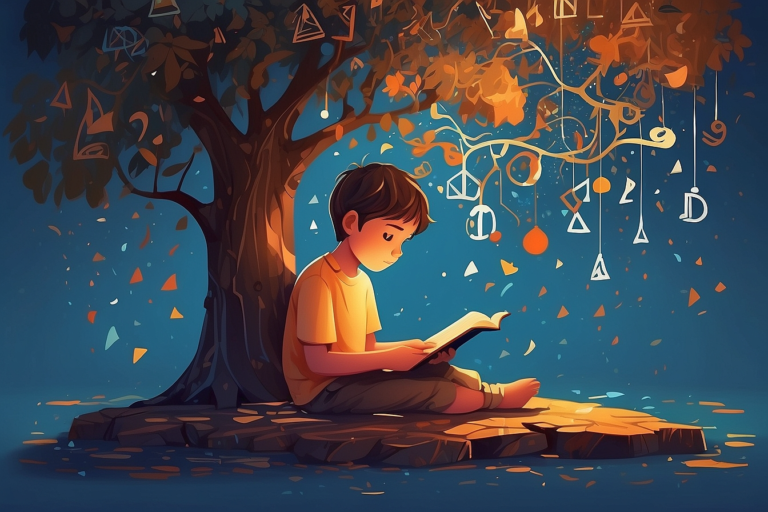Have you ever wondered why some of the most creative minds in history, like Pablo Picasso and Leonardo da Vinci, saw the world through a different lens? Imagine a young student in junior high school, struggling to read the same page their peers glide through effortlessly. This student isn’t just battling words; they are fighting a silent battle with dyslexia, a learning difficulty that masks their untapped creative potential. Yet, within this struggle lies a remarkable strength. Dyslexic individuals often develop unique skills and abilities, turning apparent obstacles into stepping stones for success. This isn’t just theoretical speculation; it’s supported by new research highlighting how dyslexics not only navigate their learning disability differently but also how this difference becomes the cradle for creative thinking and problem-solving abilities that many of their non-dyslexic counterparts might not exhibit to the same extent.
The journey from facing difficulties in reading and writing to unleashing a world of creative ideas and new perspectives is inspiring and a testament to the hidden potential within many dyslexic people and minds. This narrative isn’t just about dyslexia and creativity; it’s about recognizing and embracing the diverse tapestry of human thinking and learning. As we delve deeper into understanding dyslexia, let’s not just focus on its challenges. Instead, let’s celebrate the different way these minds work and the extraordinary creative potential they hold.
Understanding Dyslexia
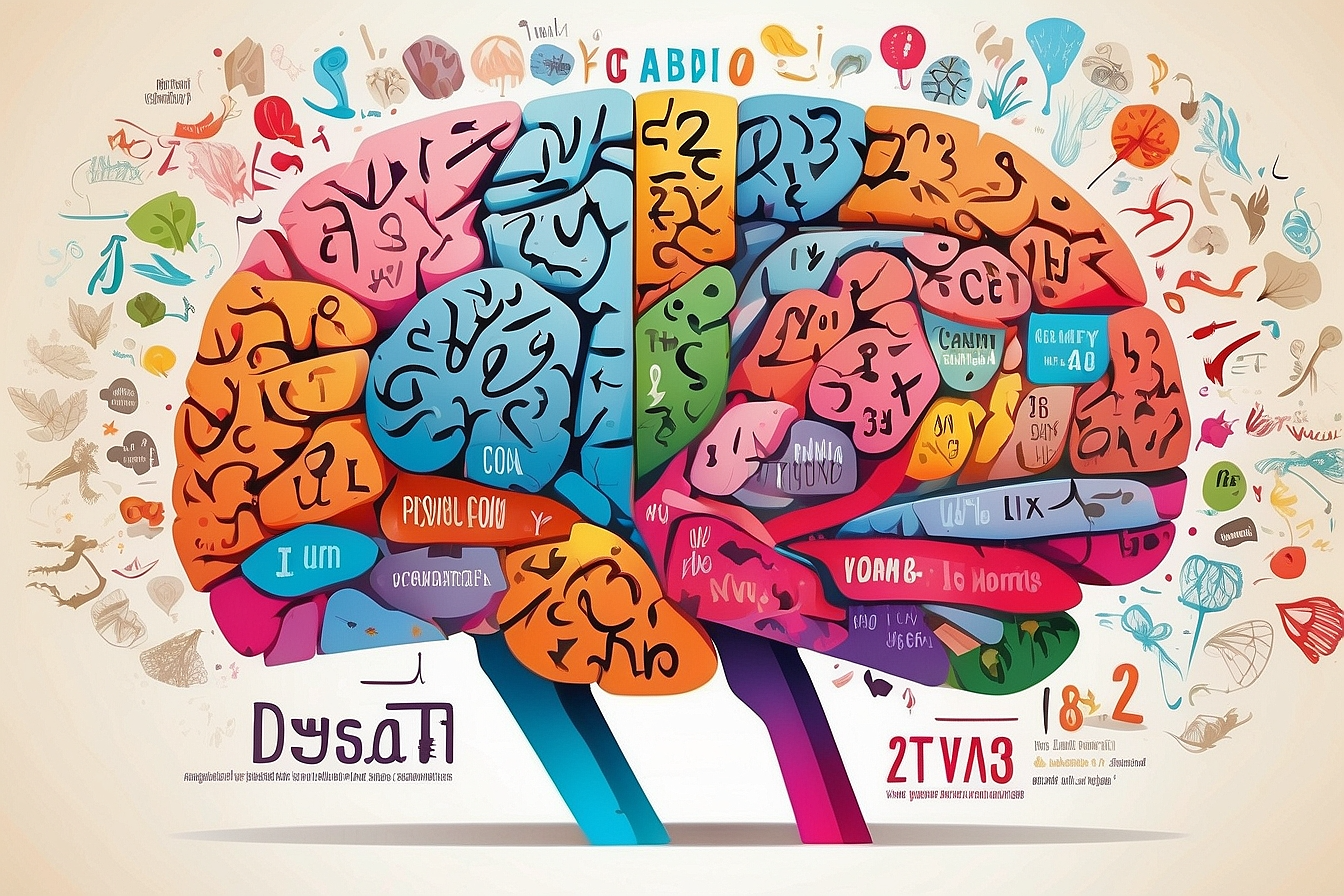
Dyslexia, often shrouded in misconceptions and stereotypes, is a complex learning disability characterized not just by challenges with reading and writing but by a distinctive different way of processing language and words. Its common symptoms vary widely but typically include difficulties in spelling, phonological awareness, and decoding words. Despite these challenges, dyslexic individuals possess unique abilities and skills that can lead to exceptional achievements in various fields.
Definition and Common Symptoms
At its core, dyslexia is a neurobiological condition, rooted in the brain’s ability to recognize and process words and language. Unlike a straightforward learning difficulty, dyslexia reflects a different way the brain functions, affecting the left hemisphere which is crucial for reading and language processing. Symptoms can range from mild to severe and often include:
- Difficulty reading, including slow or inaccurate reading
- Challenges with spelling and writing
- Problems in establishing relationships between letters and sounds
- Difficulty in word recognition and decoding
Recent Research on Dyslexia and Creativity
New research in cognitive psychology has begun to explore the link between dyslexia and creativity. Studies published in journals such as Cogent Psychology suggest that dyslexic individuals often excel in areas requiring creative thinking, problem-solving, and spatial ability. This body of work posits that the dyslexic brain, with its unique right hemisphere dominance, is particularly adept at creative and abstract thinking and visual-spatial tasks.
Famous Individuals with Dyslexia
The narrative of dyslexia is rich, with stories of success and creative potential unlocked. Famous dyslexic individuals span history and industries, from artists like Pablo Picasso to inventors like Leonardo da Vinci. These figures not only highlight the hidden potential within dyslexic minds but also serve as a beacon of hope and inspiration for dyslexic students and adults. They demonstrate that dyslexia, far from being a simple hindrance, can be a powerful driver of creative and innovative thinking.
In exploring dyslexia, we uncover not just a learning disability but a complex and nuanced condition that encapsulates both challenges and extraordinary abilities. The journey to understand and support dyslexic individuals is ongoing and driven by research, higher education, and a growing appreciation for the creative and problem-solving talents they bring to our world.
The Link Between Dyslexia and Creativity
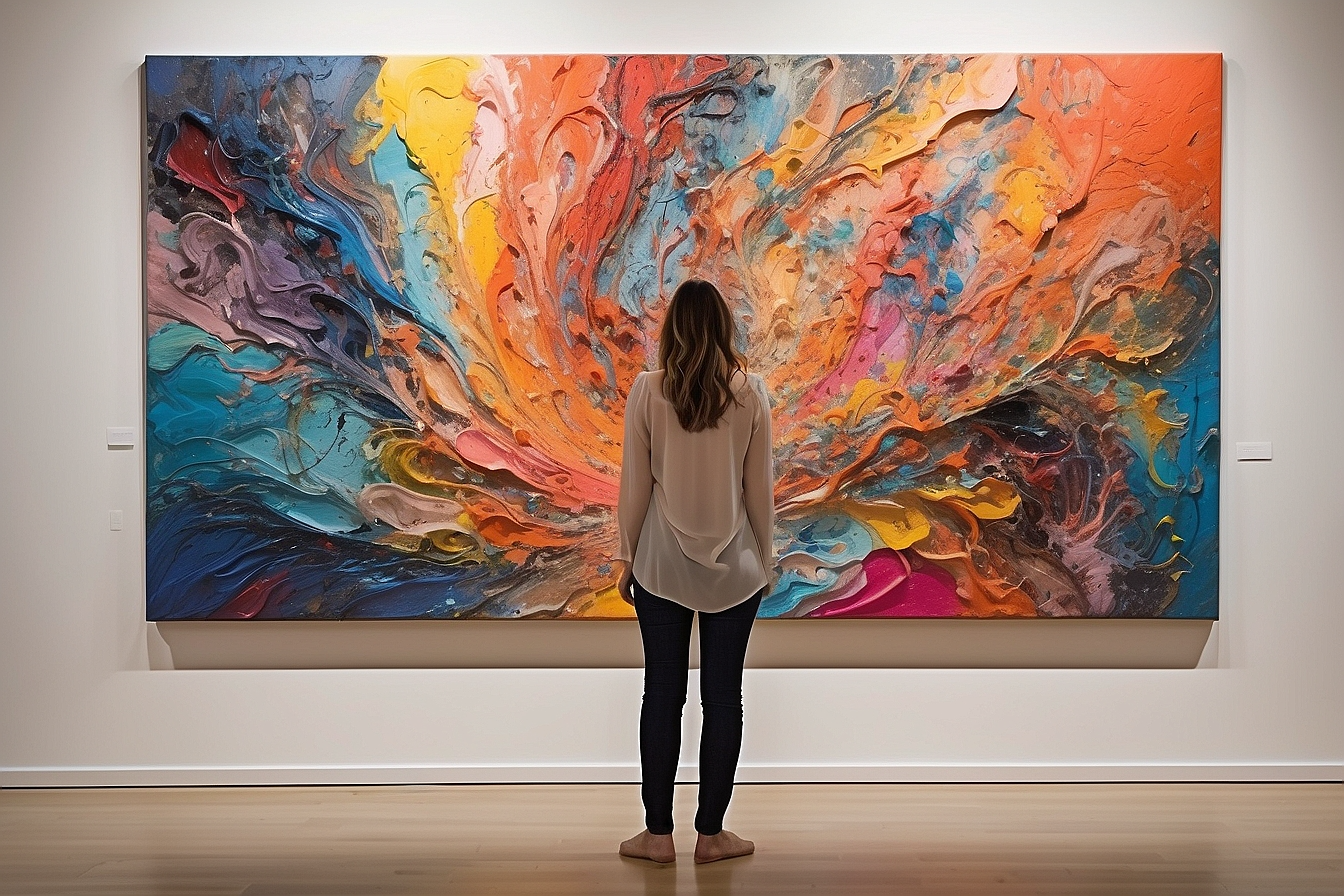
The intriguing connection between dyslexia and creativity has sparked considerable interest among researchers and educators alike. This relationship is not merely coincidental; rather, it’s rooted in the very differences in how the dyslexic brain processes information. Recent studies illuminate how these differences can lead to enhanced abilities in creative thinking, problem solving, and visual-spatial processing.
Studies Showing Enhanced Abilities in Dyslexic Individuals
A growing body of research underscores the creative potential of dyslexic individuals. Studies have found that people with dyslexia often outperform their non-dyslexic counterparts in tasks requiring creative thinking and problem solving. For instance, research published in journals such as Cogent Psychology highlights that dyslexics possess an enhanced ability to think in images and ideas rather than words, facilitating a different way of approaching problems and generating new ideas.
One notable study compared the performance of dyslexic students and non-dyslexic students on a variety of creativity tests. The results consistently demonstrated that dyslexic individuals displayed a higher level of creative potential, particularly in tasks that required imagination and original ideas. These findings suggest that the learning difficulties associated with dyslexia may also confer certain cognitive advantages, particularly in creative domains.
How Dyslexia Affects Visual-Spatial Processing
The dyslexic brain exhibits a unique profile when it comes to visual-spatial processing. This difference is partly due to the brain’s structure and function, with dyslexics showing a more pronounced use of the right hemisphere. This hemisphere is often associated with spatial ability, artistic skill, and imagination — key components of creative thinking.
Dyslexic individuals tend to excel in tasks that require understanding spatial relationships and the ability to visualize different elements in a three-dimensional space. This ability not only aids in artistic and design-related fields but also enhances problem-solving skills in unique and innovative ways. For example, entrepreneurs and artists with dyslexia often attribute their success to seeing the “big picture” and thinking outside the box — qualities stemming from their dyslexic brain’s natural inclination towards visual-spatial processing.
The link between dyslexia and creativity is a testament to the adaptability and resilience of the human mind. Rather than viewing dyslexia solely as a learning difficulty, it’s crucial to recognize and nurture the hidden potential within dyslexic individuals. Their creative abilities and unique way of perceiving the world offer invaluable perspectives and solutions, reshaping our understanding of other learning difficulties and disabilities and the diverse talents they can harbor.
Encouraging Creativity in Dyslexic Individuals
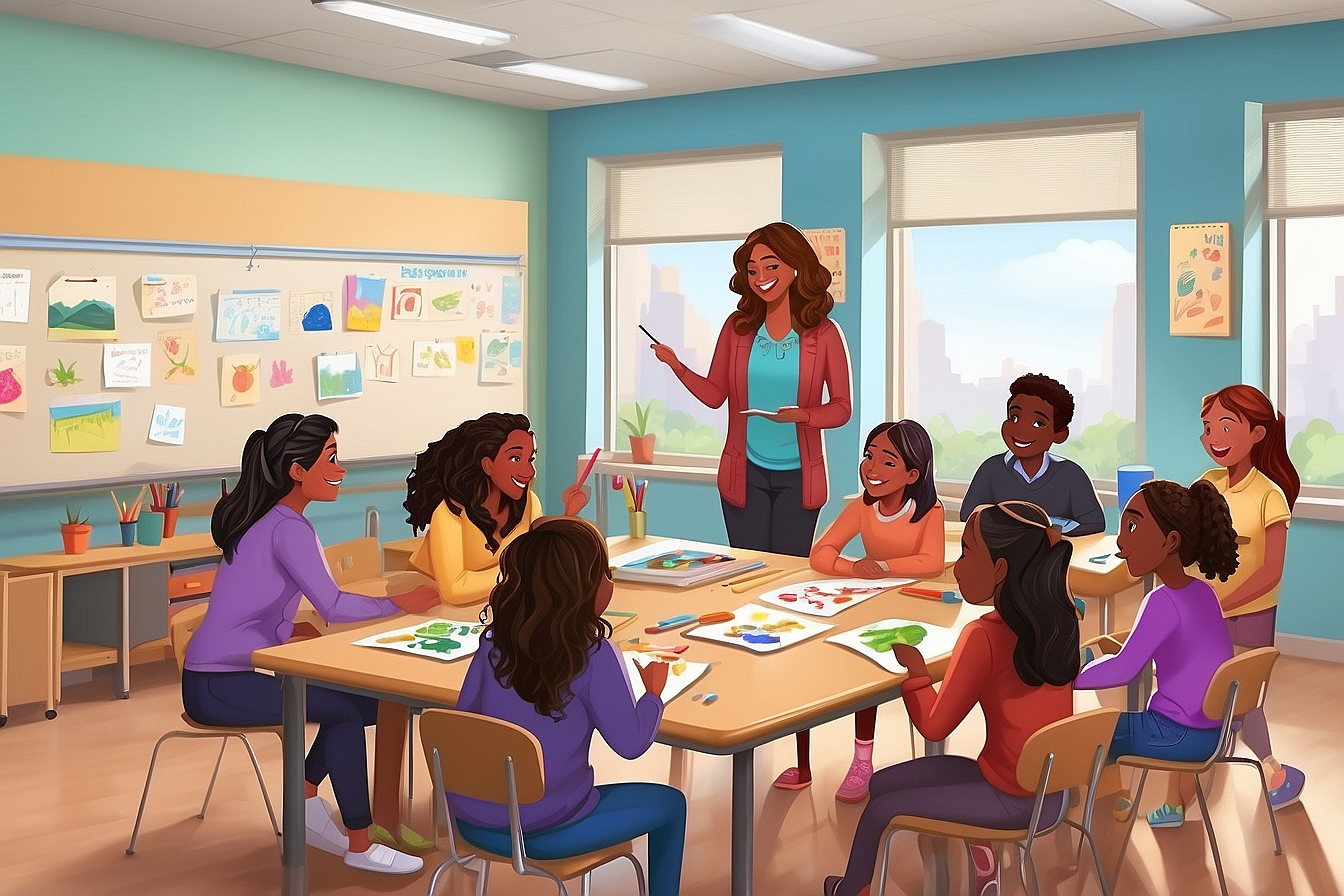
Fostering creativity in dyslexic individuals is not only about recognizing their unique talents but also about actively nurturing and supporting them. This approach can transform learning difficulties into opportunities for innovation and success, especially in fields that value creative thinking and entrepreneurship.
Identifying and Nurturing Specific Talents
The journey to encouraging creativity among dyslexic students and adults begins with identifying their specific skills and abilities. Educators and mentors play a crucial role in this process, employing strategies that focus on strengths rather than solely addressing weaknesses. For instance, incorporating visual-spatial tasks into the curriculum can help dyslexic individuals leverage their natural abilities in problem-solving and creative ideation.
Personalized learning plans that include art, design, and other creative endeavors can significantly benefit dyslexic learners. These plans should also promote critical thinking and theoretical speculations, allowing students to explore and express their ideas in a supportive environment. Encouraging participation in creativity tests and competitions can further boost their confidence and showcase their creative potential to a wider audience.
Entrepreneurship Opportunities
The link between dyslexia and entrepreneurship is increasingly recognized, with many dyslexic individuals finding remarkable success as entrepreneurs. Their ability to think differently, solve problems innovatively, and see the big picture provides a competitive edge in the business world. Support and education focused on developing entrepreneurial skills can empower dyslexic individuals to turn their creative ideas into viable business ventures.
Programs and workshops designed to teach dyslexic students, children and adults about business planning, financial management, and marketing strategies are essential. These initiatives can also provide networking opportunities, allowing dyslexic entrepreneurs to connect with mentors and investors interested in supporting businesses that harness creative thinking.
Moreover, highlighting successful dyslexic entrepreneurs can serve as inspiration and evidence that dyslexia does not limit one’s ability to achieve success in the workplace or as an entrepreneur. Stories of individuals who have navigated the challenges of dyslexia to establish thriving businesses reinforce the message that creative potential and problem-solving abilities are invaluable assets in any field.
Encouraging creativity in dyslexic individuals benefits them personally and professionally and enriches society as a whole. By providing the right support and resources, we can unlock the hidden potential of dyslexic minds, fostering a generation of innovative thinkers, artists, and entrepreneurs who view the world through a different lens.
Conclusion: Embracing the Creative Side of Dyslexia
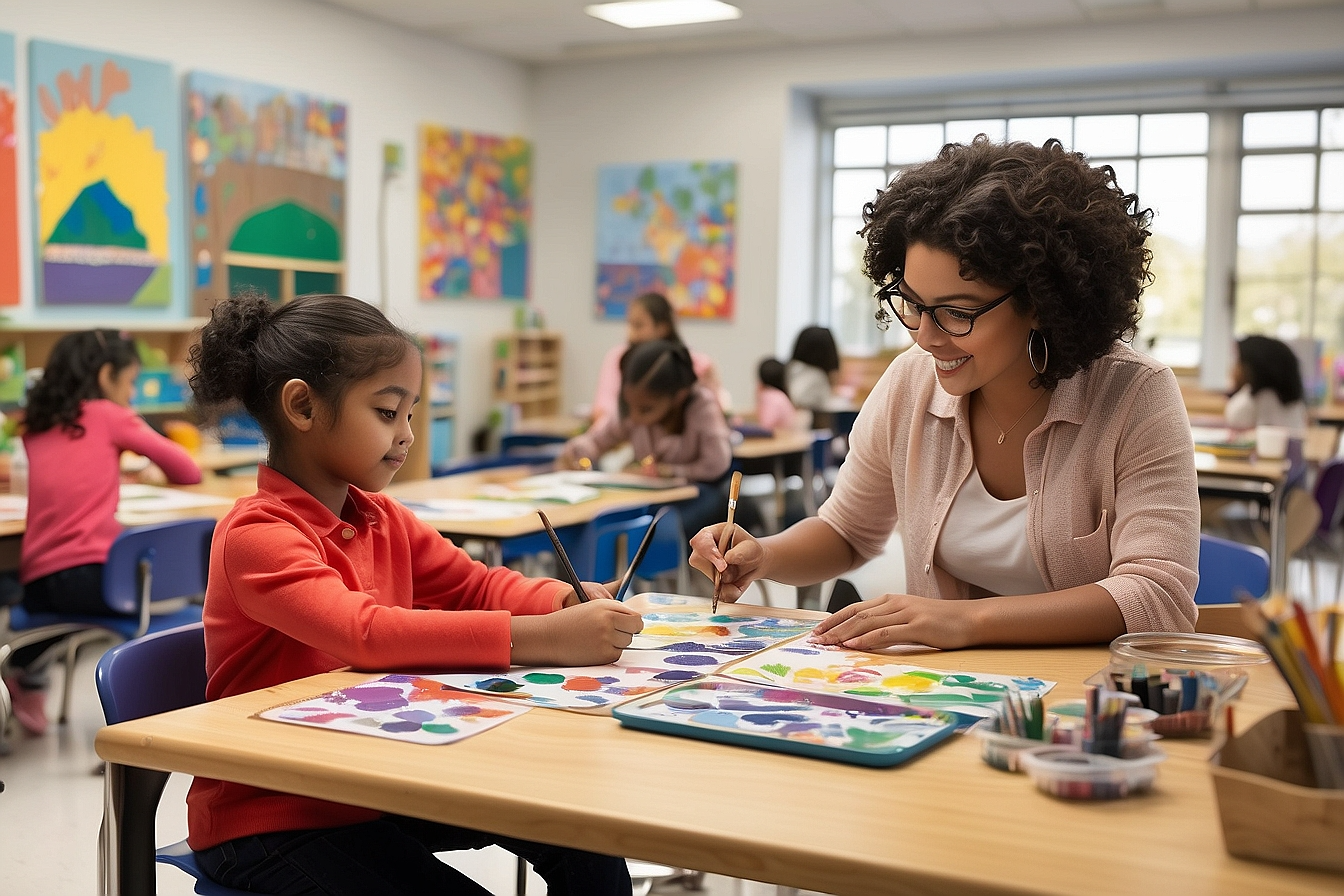
Understanding dyslexia illuminates the challenges faced by those who navigate this learning difficulty and uncovers a remarkable narrative of resilience, innovation, and creative potential. Dyslexic individuals, with their unique brain processing, bring to the world a different way of thinking, solving problems, and creating new ideas that have the power to inspire and transform.
Embracing Differences
It’s essential to shift our perspective on dyslexia, from viewing it merely as a disability to recognizing it as a differentiator that can lead to exceptional creative abilities. This different way of perceiving and interacting with the world is not a shortfall but a strength that can be harnessed. Educators, parents, and society at large have a pivotal role in fostering environments where dyslexic individuals feel valued and understood.
Nurturing Potential
Supporting dyslexic learners requires more than traditional teaching methods; it necessitates a new perspective creative approach to education that celebrates diverse learning styles. By identifying and nurturing the specific talents of dyslexic individuals, we can unlock their hidden potential and provide pathways to success in creative and entrepreneurial endeavors.
A Future of Innovation
The stories of dyslexic individuals who have achieved greatness across various fields testify to the untapped creative potential that dyslexia can harbor. By embracing and supporting the creative side of dyslexia, we open up a world of possibilities not just for dyslexics but for society. The innovations, art, creativity test and new perspectives that dyslexic thinkers bring are invaluable resources in the quest for a more diverse, inclusive, and creative world.
A Call to Action
Let this be a call to action to educators, policymakers, parents, and communities to create more inclusive and supportive environments that recognize and celebrate the creative strengths of dyslexic individuals. In doing so, we not only empower those with dyslexia but also enrich our collective creative potential.
In conclusion, dyslexia presents a unique lens through which creative people and talents can be viewed and appreciated. It’s time we embrace this different way of thinking, recognizing that within what may seem like limitations lie incredible opportunities for creativity, innovation, and success.

